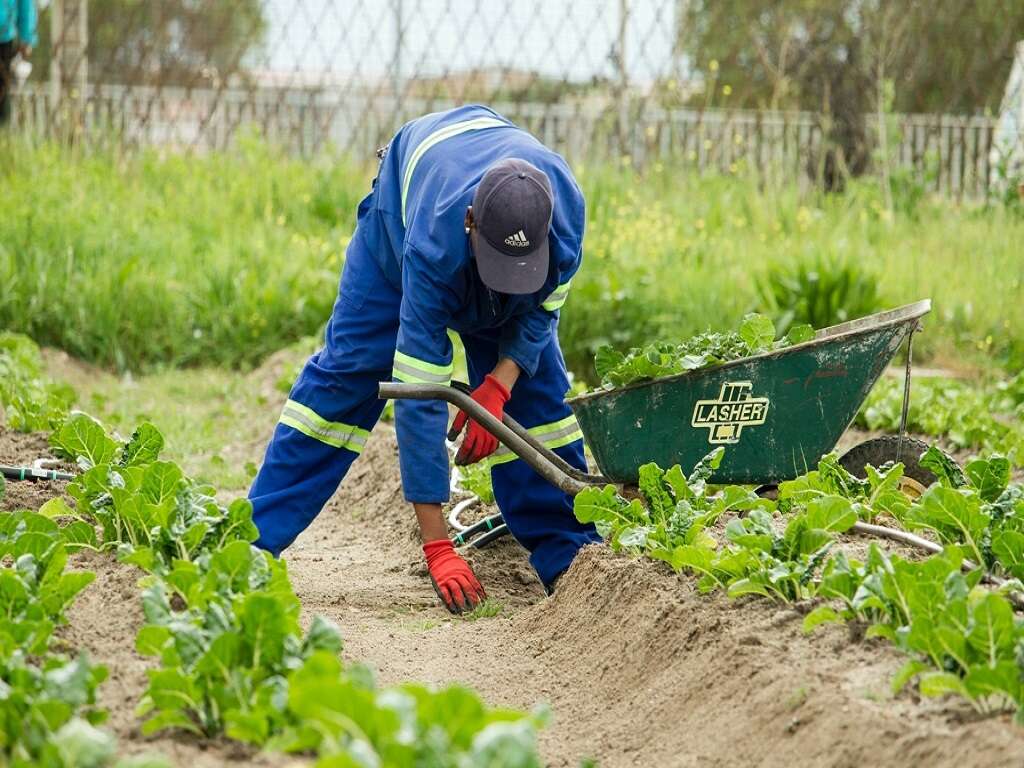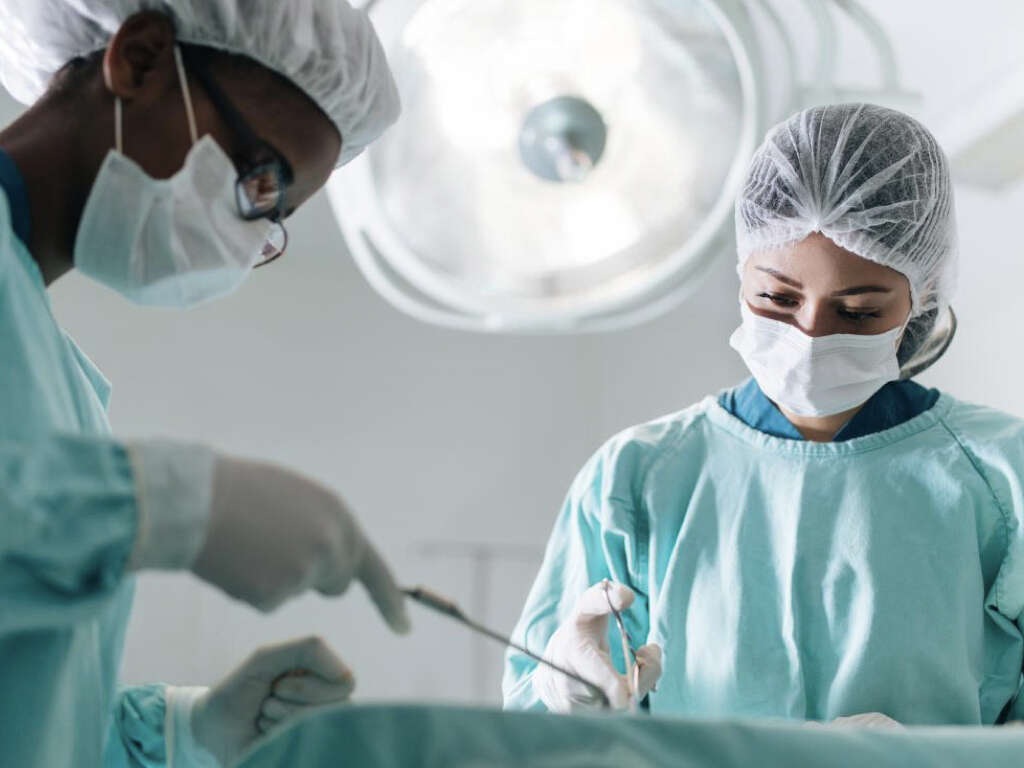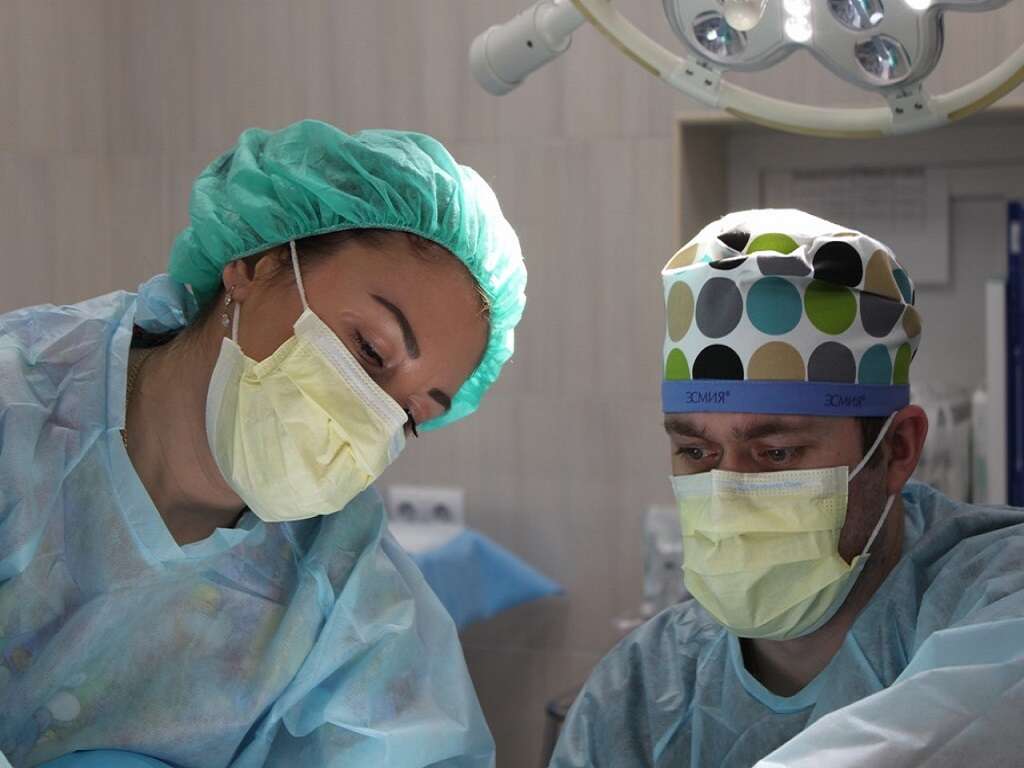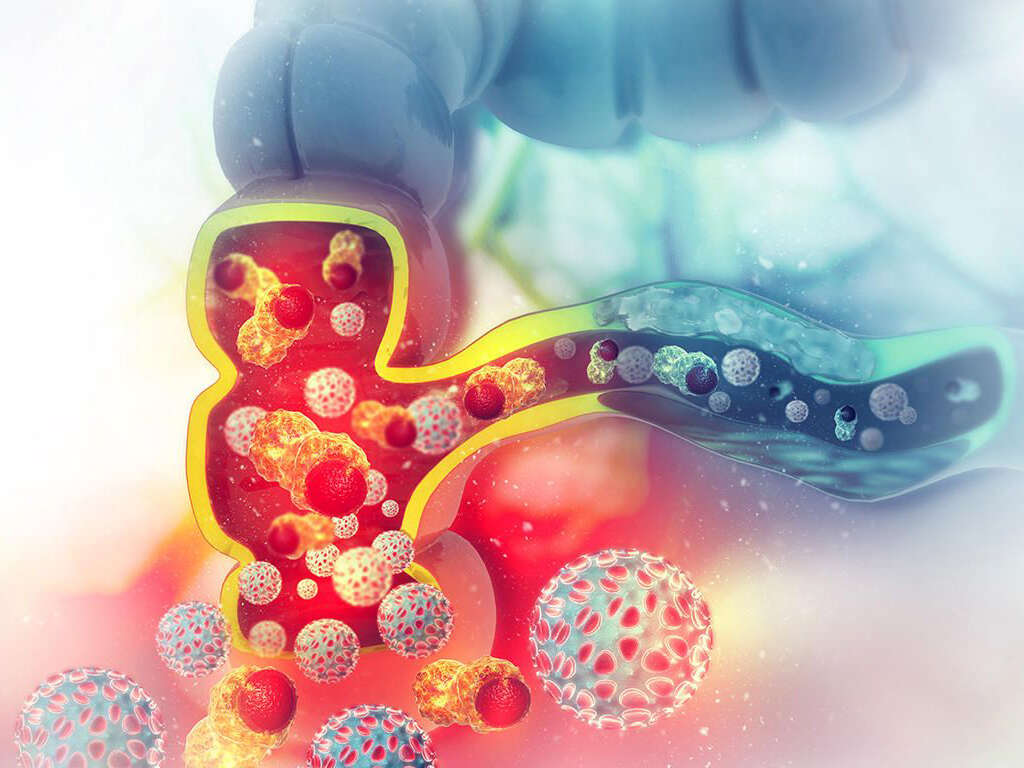Anal Fistula Symptoms, Causes & More
 Article Sources
Article Sources
- 1. 'Abscess and Fistula Expanded Information | ASCRS.' ASCRS, fascrs.org/patients/diseases-and-conditions/a-z/abscess-and-fistula-expanded-information.
- 2. 'Anal Fistula.' uk, 20 Oct. 2017, www.nhs.uk/conditions/anal-fistula/.
- 3. 'Anal Fistula.' Fairview, www.fairview.org/sitecore/content/Fairview/Home/Patient-Education/Articles/English/a/n/a/l///Anal/Fistula/116764en.
- 4. 'Anal Fistula.' A Non-Profit Hospital in Los Angeles | Cedars-Sinai, 8 May 2019, www.cedars-sinai.org/health-library/diseases-and-conditions/a/anal-fistula.html#.
- 5. 'What Is A Fistula? Types, Causes and Treatments Explained.' NAFC, www.nafc.org/fistula.
- 6. 'American Society of Clinical Oncology (ASCO). 'Anal Cancer: Risk Factors and Prevention.' https://www.cancer.net/, June 2019, www.cancer.net/cancer-types/anal-cancer/risk-factors-and-prevention#.
- 7. 'Kumar, Karthik, and MBBS. 'What Happens During a Fistulotomy? Procedure to Remove Infection.' MedicineNet, www.medicinenet.com/what/happens/during/a/fistulotomy/article.htm.
A fistula is defined as a tunnel between two bodily structures. In an anal fistula, the tunnel runs from the anal canal to the surrounding skin. The anus is the orifice from which the body removes the feces. An anal fistula typically occurs as a result of an infection that failed to heal properly. In most cases, surgery is necessary to repair the fistula.
An anal fistula may be easily mistaken for an anal fissure, which is a type of tear in the skin surrounding the anal cavity. However, an anal fistula and an anal fissure are two distinct conditions with different causes and treatments.
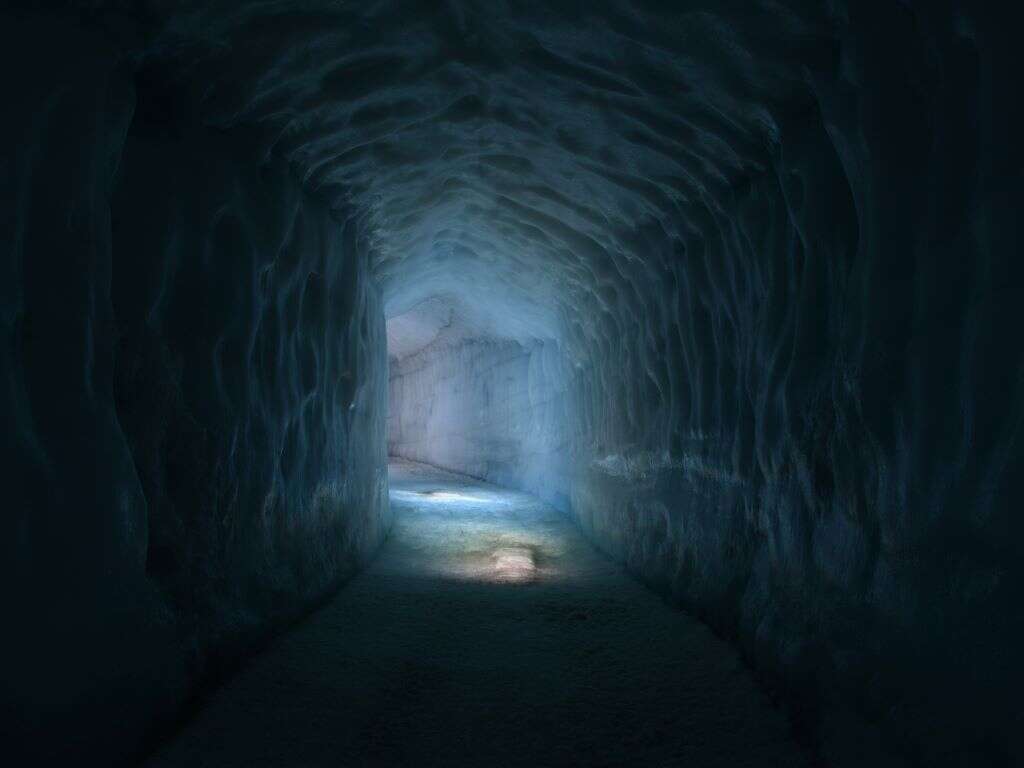
1. Causes
Many fluid-producing glands are present in the anal area. Clogging or blockage may occur in these glands. In such cases, bacteria may accumulate and develop into a swollen pocket of liquid or tissue that's infected. Doctors refer to this buildup as an abscess.1‘Abscess and Fistula Expanded Information | ASCRS.’ ASCRS, fascrs.org/patients/diseases-and-conditions/a-z/abscess-and-fistula-expanded-information.
Left untreated, the abscess grows. As time passes, it can makes its way to the surface of the skin and create an opening near the anus. The contents of the abscess then drains from the opening. An anal fistula is the tunnel that links the opening and the gland.

2. Symptoms
Redness, pain and swelling of the area around the anus are the most common symptoms of anal fistulas.2‘Anal Fistula.’ uk, 20 Oct. 2017, www.nhs.uk/conditions/anal-fistula/. Other symptoms may include bleeding, fever and pain when a person passes urine or stool. A foul-smelling liquid may ooze from an opening that appears near the anus.
The skin around the anus also may become irritated. The pain from the fistula may worsen when a person sits, moves around, coughs or passes stool. Any of these symptoms warrants the immediate attention of a doctor.
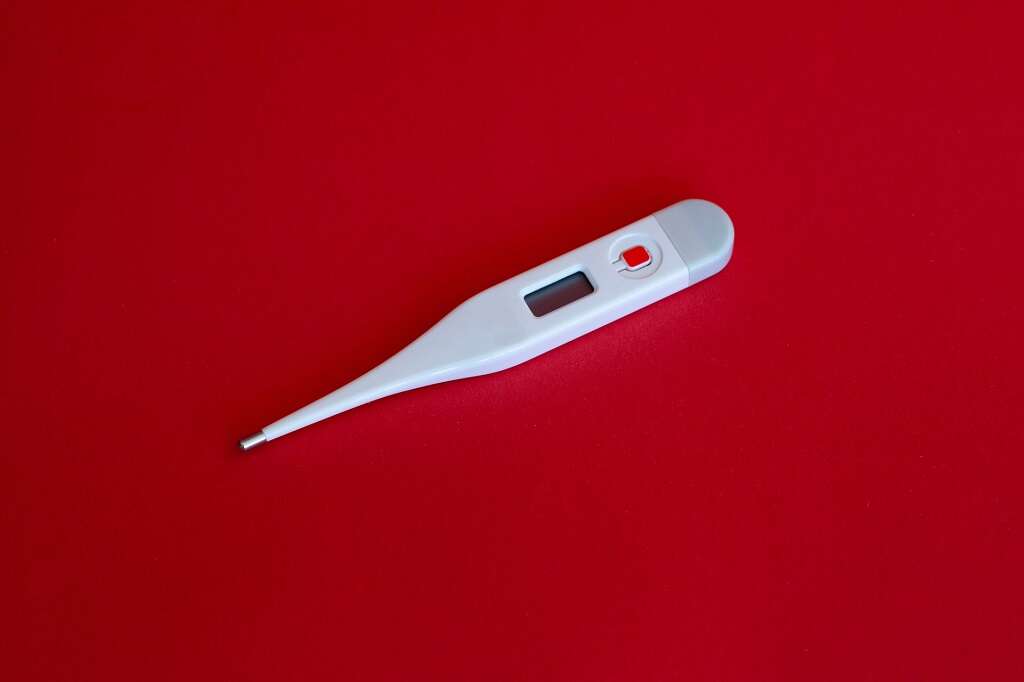
3. Who Is at Risk?
People who have an anal abscess have a 50% likelihood of developing an anal fistula.1‘Abscess and Fistula Expanded Information | ASCRS.’ ASCRS, fascrs.org/patients/diseases-and-conditions/a-z/abscess-and-fistula-expanded-information. This risk is the same even in cases where the abscess drains on its own.
Furthermore, people who suffer from medical conditions that affect the anal area or the lower part of the digestive system are at a higher risk of developing an anal fistula.3‘Anal Fistula.’ Fairview, www.fairview.org/sitecore/content/Fairview/Home/Patient-Education/Articles/English/a/n/a/l///Anal/Fistula/116764en. These conditions include ulcerative colitis, chronic diarrhea and Crohn's disease. People who receive radiation treatment for rectal cancer are also at higher risk.
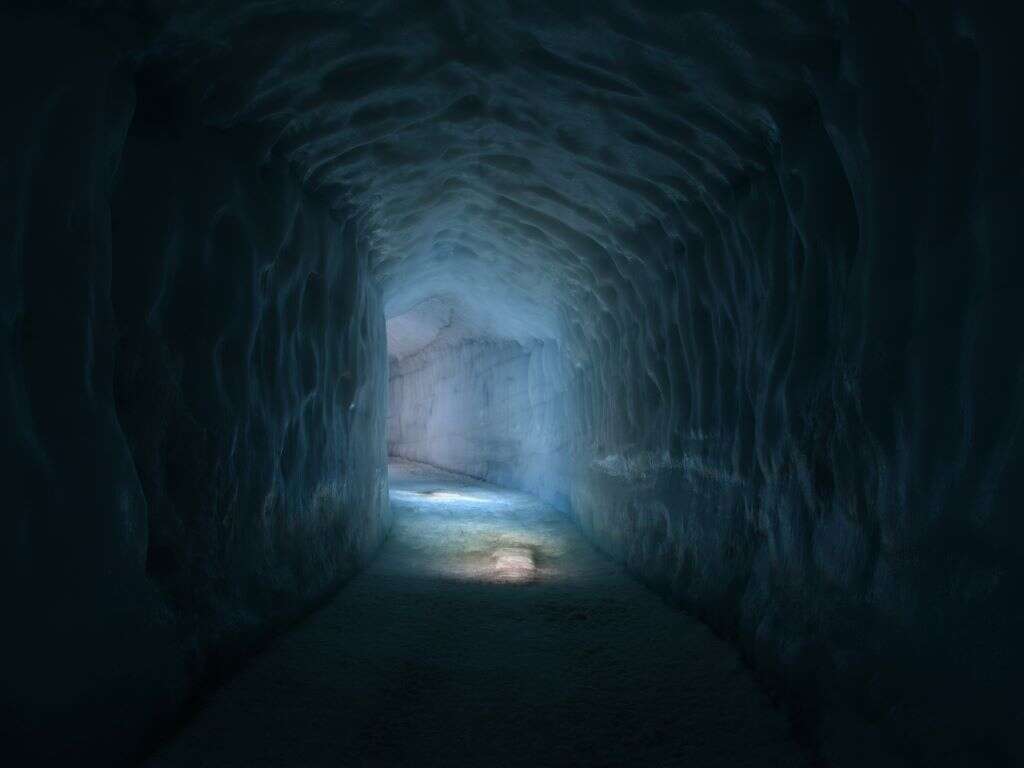
4. When To Call a Doctor
A person who's had an abscess and experiences anal fistula symptoms should seek immediate medical assistance. Those who've previously received treatment for an anal abscess or fistula should seek medical attention immediately if they experience a fever of 100.4 degrees or higher.4‘Anal Fistula.’ A Non-Profit Hospital in Los Angeles | Cedars-Sinai, 8 May 2019, www.cedars-sinai.org/health-library/diseases-and-conditions/a/anal-fistula.html#.
If a person experiences difficulties controlling their bowel movements, they should call a doctor. Persistent abdominal swelling and pain are also causes for concern, and they require medical attention.

5. Diagnosis
If a doctor suspects a person has an anal fistula, they will look into the individual's medical history and perform a physical exam.1‘Abscess and Fistula Expanded Information | ASCRS.’ ASCRS, fascrs.org/patients/diseases-and-conditions/a-z/abscess-and-fistula-expanded-information. In some cases, an anal fistula is easy to identify, but not always. This is because fistulas sometimes seal themselves and reopen later.
A doctor looks for signs of bleeding or oozing fluid. During the exam, the doctor may insert a finger into the person's anus. They also may order a CT scan, X-ray or a colonoscopy to diagnose the condition.

6. Treatment
Anal fistulas are treated through surgery. No medication is available to treat this problem. A doctor may carry out the surgical procedure at their office or in a clinic, and hospitalization usually isn't necessary.
The doctor may treat a simple fistula by making cuts in the surrounding skin and muscle.2‘Anal Fistula.’ uk, 20 Oct. 2017, www.nhs.uk/conditions/anal-fistula/. This allows it to seal as it heals from the inside out. For a complicated fistula, the doctor might place a seton suture in the opening to allow infected liquid to drain out.
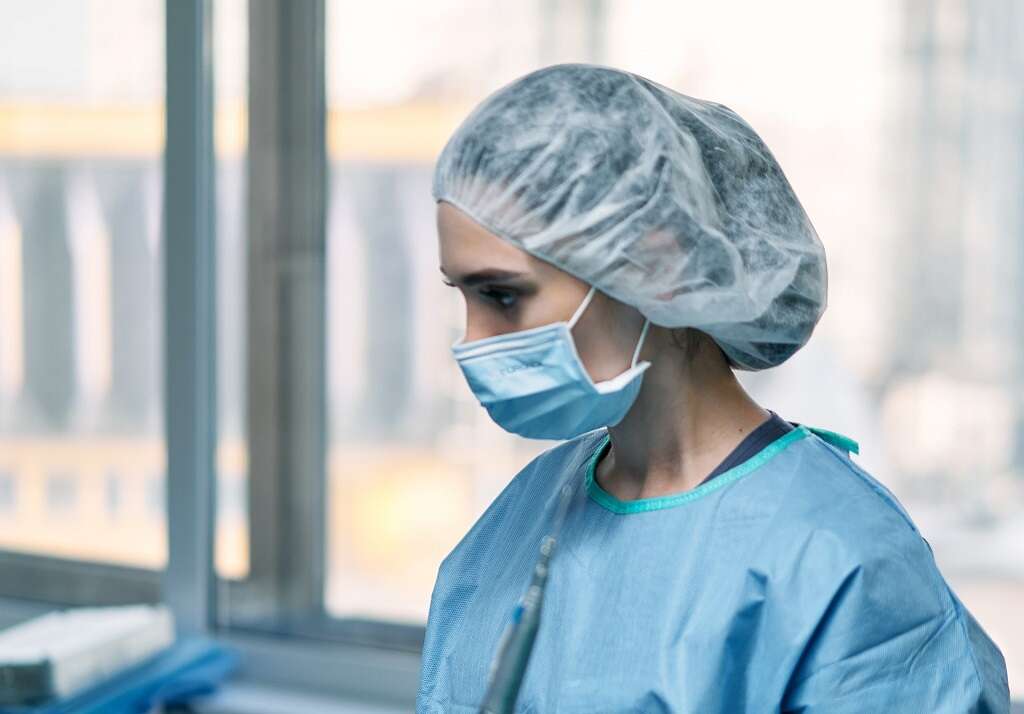
7. Fistulotomy
A fistulotomy is a procedure surgeons may perform to identify the internal opening of a fistula.7‘Kumar, Karthik, and MBBS. ‘What Happens During a Fistulotomy? Procedure to Remove Infection.’ MedicineNet, www.medicinenet.com/what/happens/during/a/fistulotomy/article.htm. Once it's found, the surgeon cuts open the tract, scraps it and drains its contents. They then stitch the sides of the incision.
Some complex cases may require more extensive treatment that involves multiple procedures and using other methods to allow a fistula to drain. In these instances, a fistulotomy may involve creating an advancement rectal flap or the use of fibrin glue or a collagen plug.
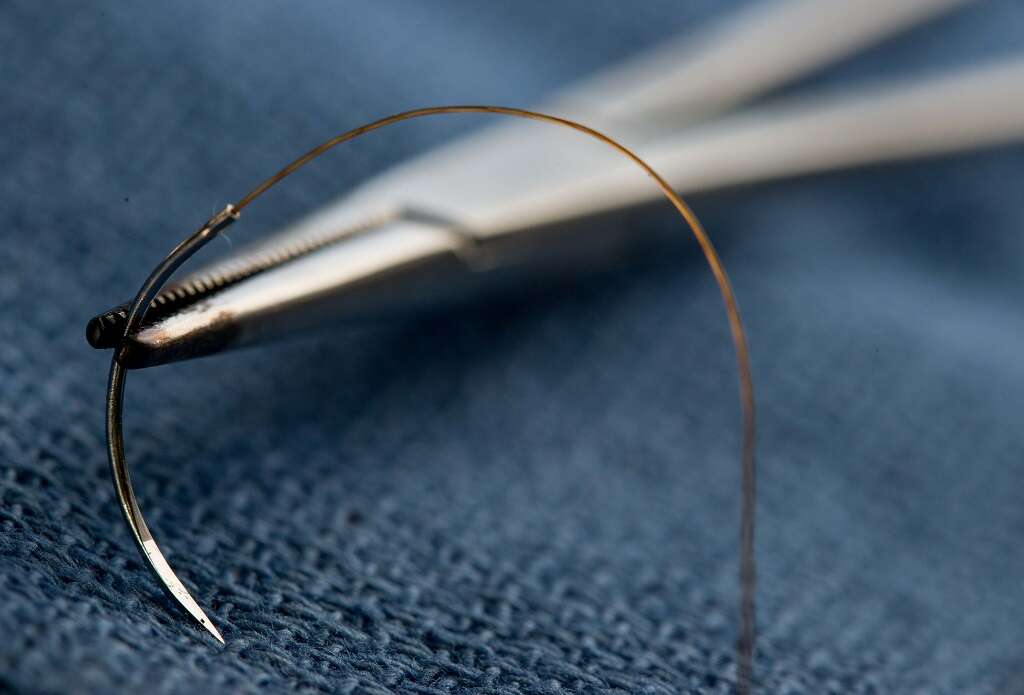
8. Recovering From Treatment
During recovery from anal fistula treatment, it's imperative that a person strictly adheres to the doctor's prescriptions for taking pain medication and antibiotics. Over-the-counter medication should only be taken after consultation with the doctor.
During recovery, patients may be advised to soak in a warm bath several times a day.3‘Anal Fistula.’ Fairview, www.fairview.org/sitecore/content/Fairview/Home/Patient-Education/Articles/English/a/n/a/l///Anal/Fistula/116764en. They may need to cover the anal area with a pad during the recovery period. Eating high-fiber meals, drinking ample fluids and using a laxative or stool softener also may be recommended.

9. Can an Anal Fistula Lead to Cancer?
An anal fistula may increase the risk of a person developing anal cancer.6‘American Society of Clinical Oncology (ASCO). ‘Anal Cancer: Risk Factors and Prevention.’ https://www.cancer.net/, June 2019, www.cancer.net/cancer-types/anal-cancer/risk-factors-and-prevention#. However, while developing a fistula may raise the risk of anal cancer, it doesn't directly cause anal cancer.
Some people never develop cancer despite being exposed to several risk factors associated with it. Likewise, some people with no exposure to any known risk factors develop it. Learning about their risk factors and seeking a doctor's advice may help a person make informed healthcare and lifestyle choices.
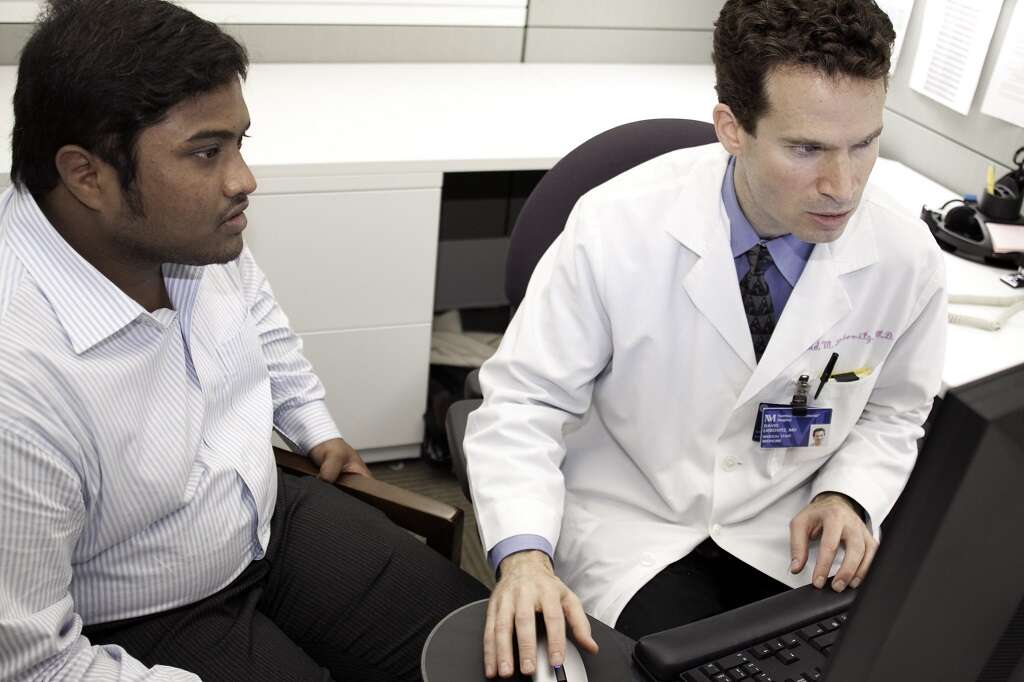
10. Other Types of fistula
An anal fistula is a common type of fistula, but it's not the only one. Another is the urinary tract fistula, which is an abnormal opening between a urinary tract organ and another organ.5‘What Is A Fistula? Types, Causes and Treatments Explained.’ NAFC, www.nafc.org/fistula. In women, urinary tract fistulas may develop between the bladder and uterus, the urethra and vagina or the bladder and vagina.
Fistulas may also develop between two portions of the intestines, or between the skin and the colon or the small intestine.






